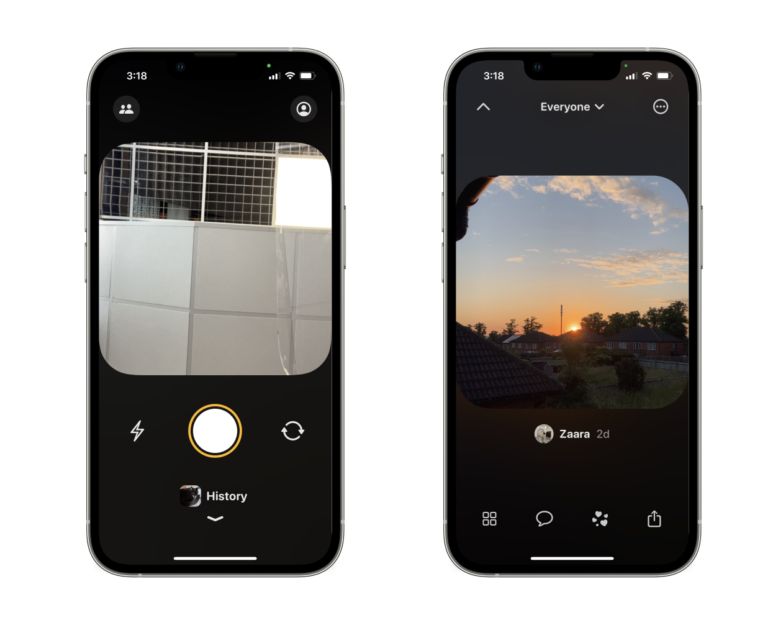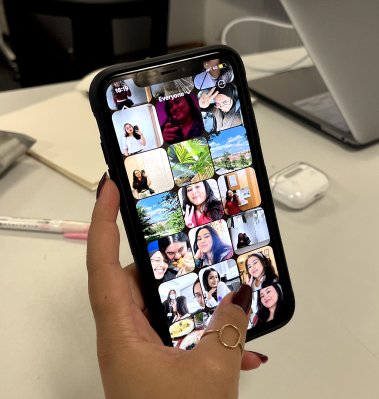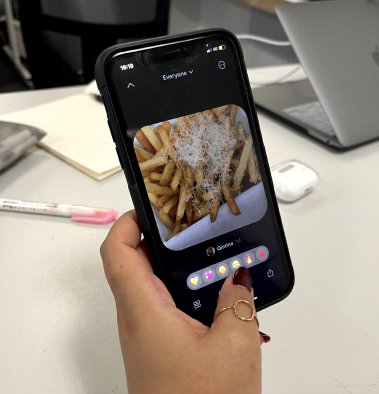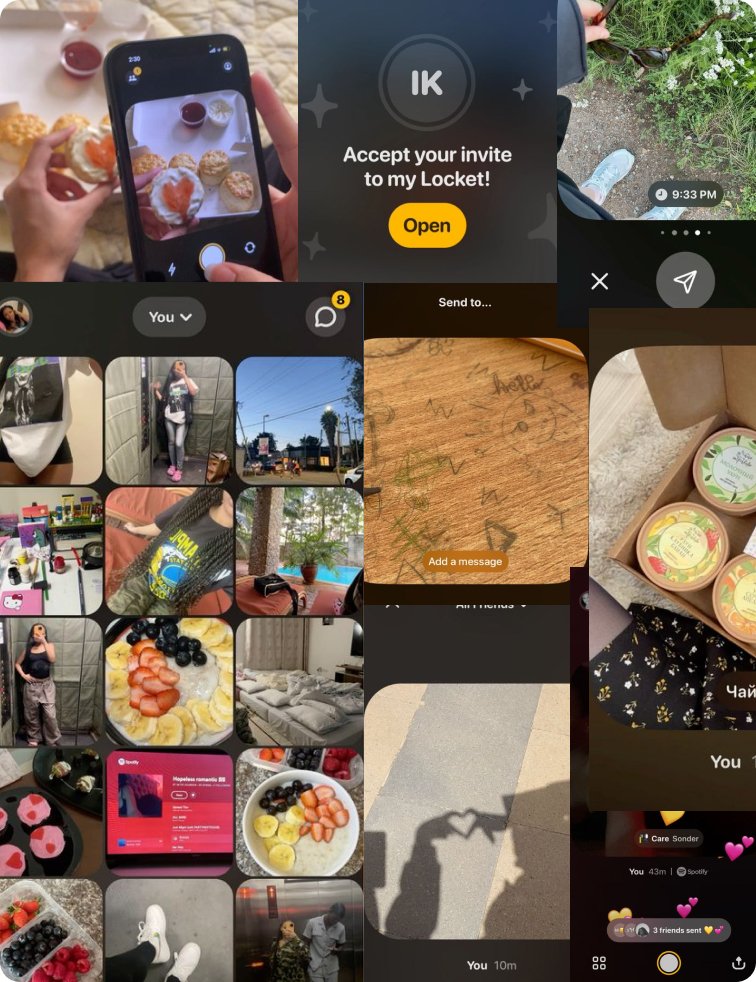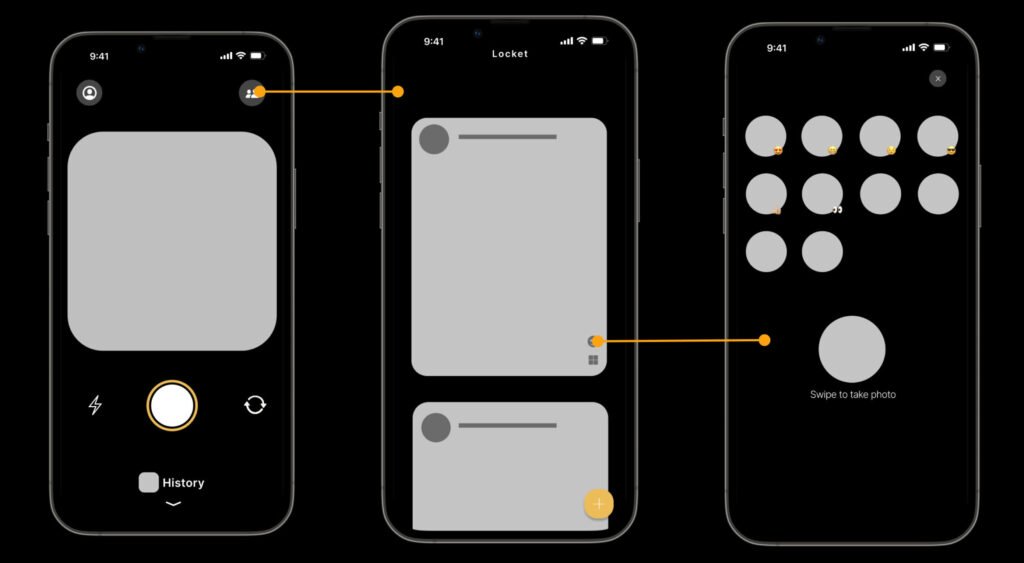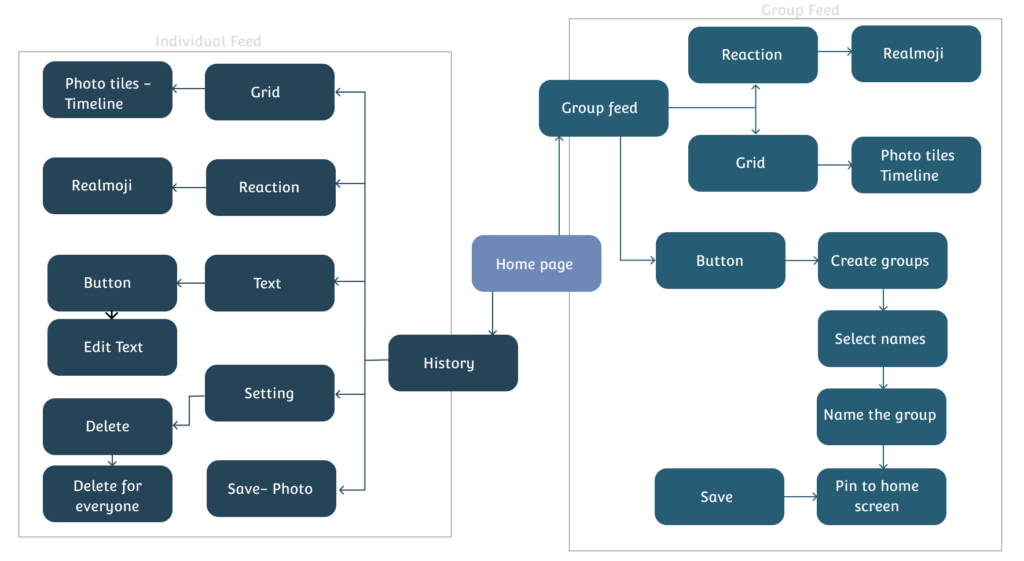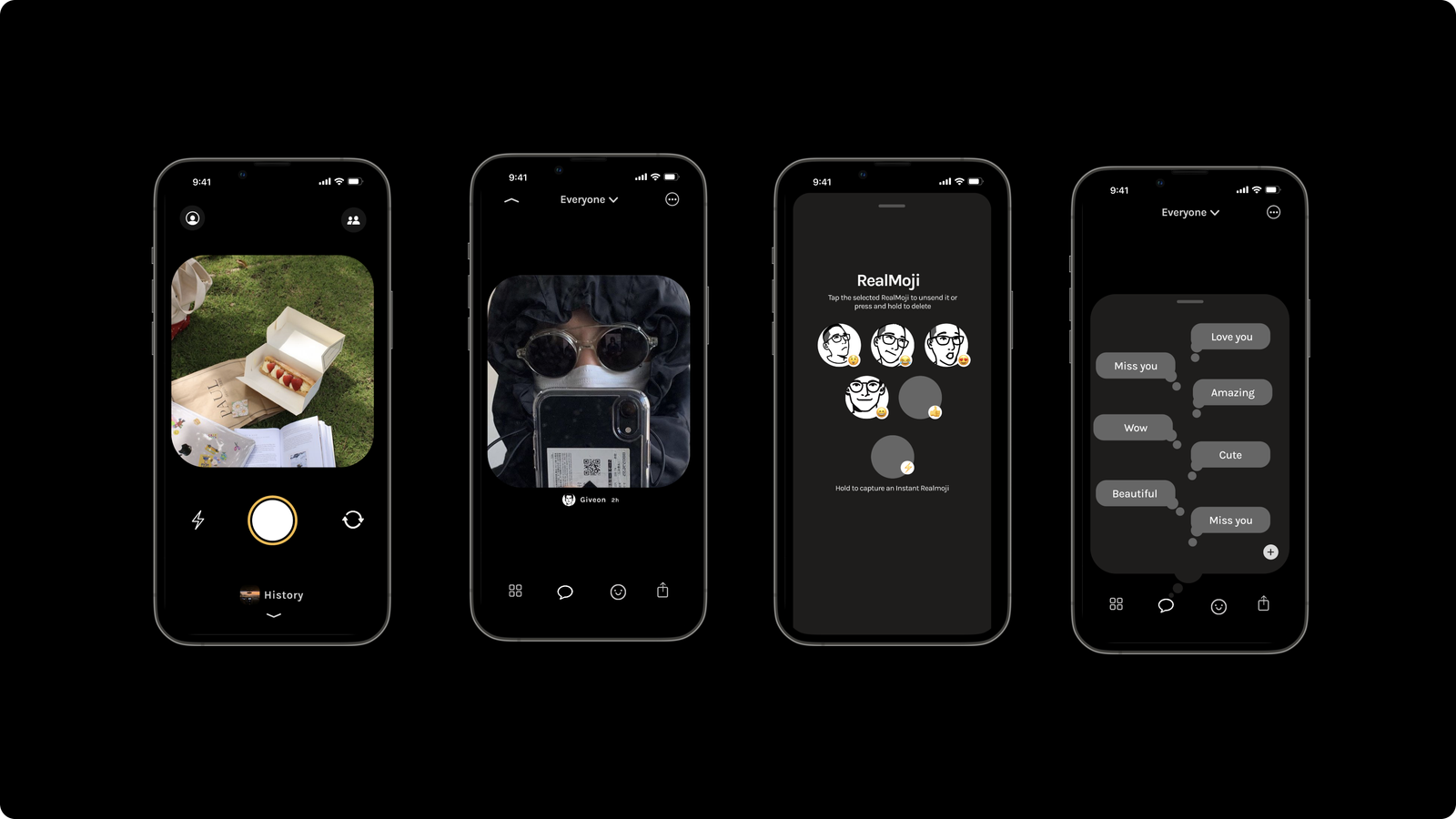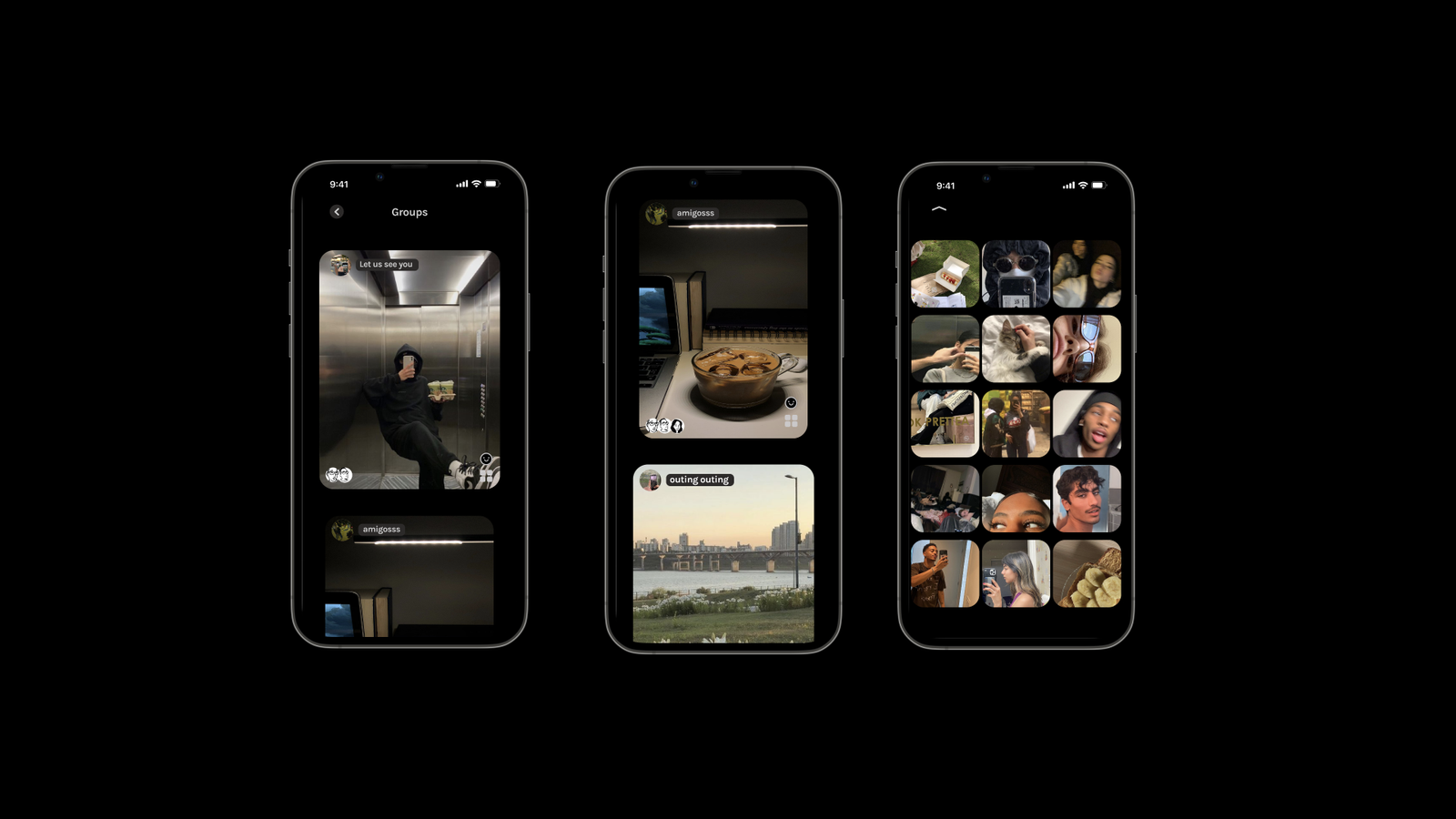Locket Case Study
The Locket app focuses on sending photos to close friends through a widget. Creating groups will simplify the process of sending photos, as it allows users to send images to multiple friends at once rather than selecting them individually.
Duration
3 Month
Role
Solo
[ View Prototype ]


